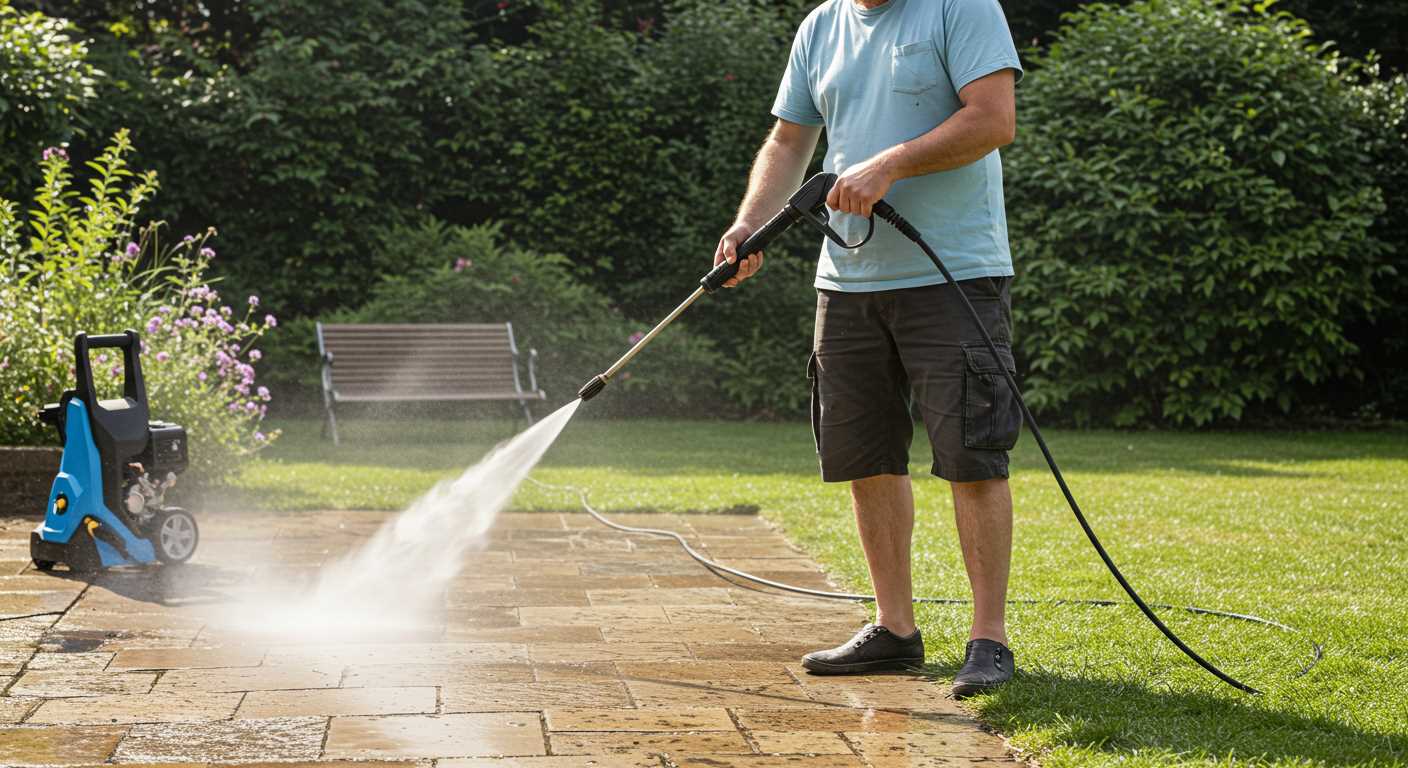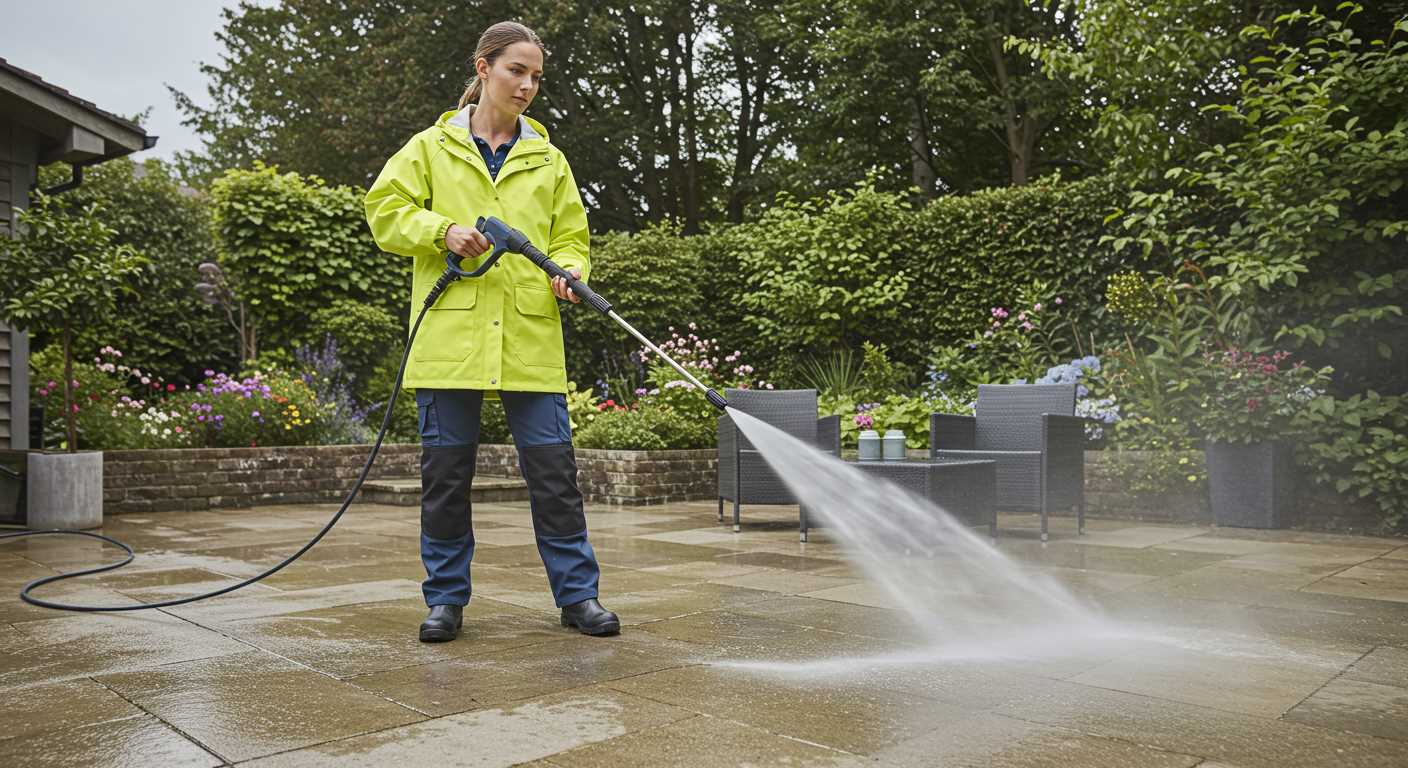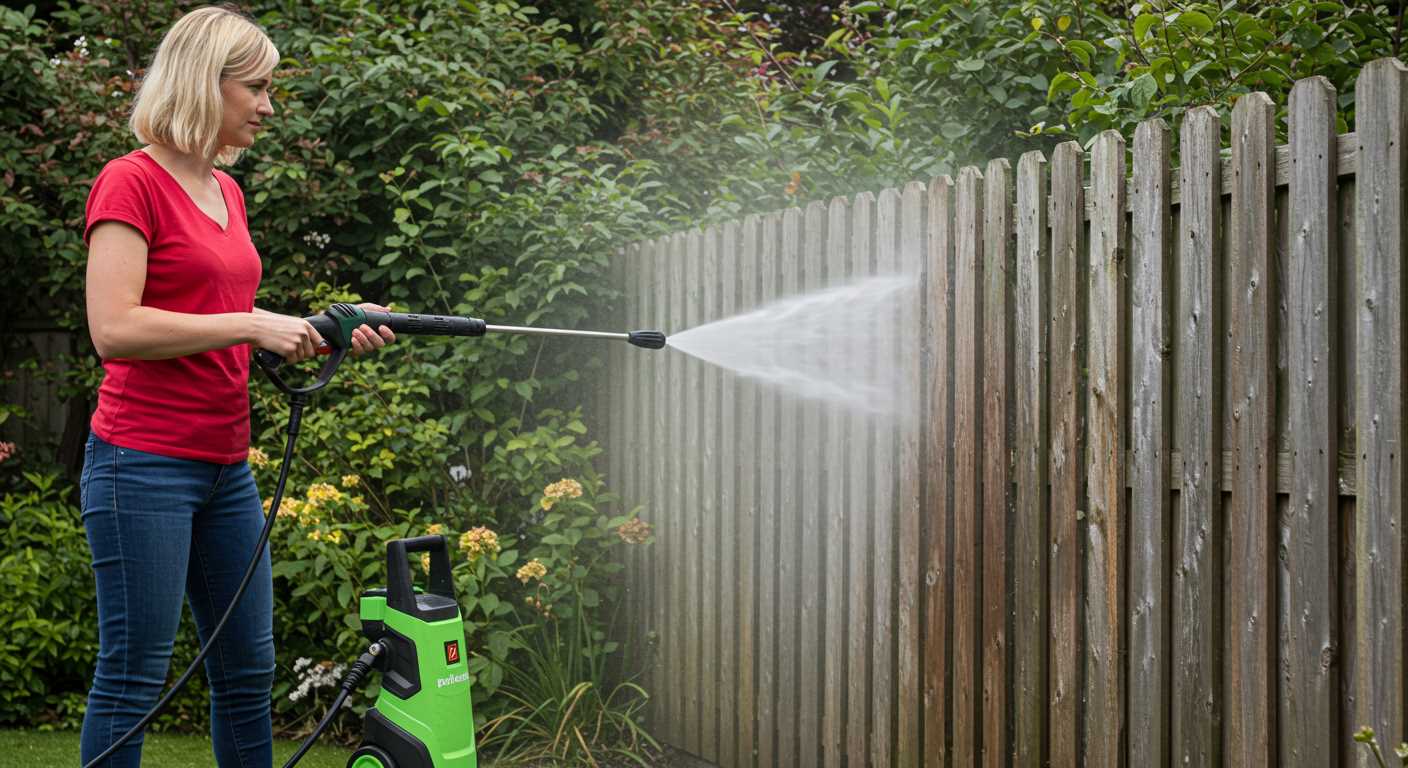

If your cleaning machine fails to engage, initiate a systematic inspection of the power supply. Verify that the electrical outlet is functioning and that any circuit breakers haven’t tripped. Plugging the device into a different outlet can also rule out potential socket issues.
I recommend checking the extension cord for damages, ensuring it is rated for the necessary amperage. A faulty cord may disrupt the connection, preventing operation. If the unit runs on fuel, ensure the tank is filled with the correct type and that there are no blockages in the fuel line.
Next, take a closer look at the on/off switch and safety features. It’s not uncommon for a safety lock to prevent activation. Consult the manufacturer’s manual for any specific instructions related to your model. If everything appears in order, you might want to examine the ignition system or electric start components for possible defects.
In cases where the motor hums but doesn’t engage, inspect the pump for any signs of damage or debris obstructing its function. Cleaning or replacing filters can often resolve flow issues. Additionally, ensure that all hoses are securely connected and free of kinks that could impede performance.
By following these steps, you can identify common issues that may cause your equipment to remain inactive. Harnessing these troubleshooting techniques helps ensure efficient operation and prolongs the lifespan of your cleaning apparatus.
Checking the Power Source and Connections
Ensure the unit is plugged into a functioning outlet. Test the socket with another device to confirm it supplies power. If using an extension cord, verify it’s rated for the load and check for any damage along its length.
Inspect the power cord for frays or cuts. A damaged cord can disrupt the current flow, rendering the machine inoperative. If you identify any issues, replace the cord immediately.
Confirm that any switches on the unit are set to the “on” position. It’s easy to overlook a simple toggle. Additionally, check any circuit breakers or fuses in your electrical panel that may have tripped or blown.
If the model operates on a battery, ensure it is fully charged and properly connected. Examine the battery terminals for corrosion or loose connections, which can impede effective power transfer.
For models with built-in GFCI outlets, press the reset button if it has tripped. This safety feature frequently activates in response to moisture or improper grounding.
Following these steps methodically will help isolate any issues related to power supply and connections, allowing for a swift resolution to the problem at hand.
Inspecting the On/Off Switch Functionality
First, check the on/off switch for any visible signs of damage or wear. A malfunctioning switch may prevent your device from powering up.
Next, use a multimeter to test the switch’s continuity. Disconnect the power cord for safety, then remove the switch from the housing. Set your multimeter to the continuity setting, and place the probes on the switch terminals. If there’s no continuity when the switch is in the ‘on’ position, it needs replacement.
If the switch appears functional, verify the connections. Ensure the wires leading to and from the switch are secure. Loose wires can interrupt the power flow, causing startup issues.
| Step | Action |
|---|---|
| 1 | Inspect for damage |
| 2 | Test continuity with multimeter |
| 3 | Check wire connections |
After confirming the switch and connections are in good condition, if there’s still no response, consider the possibility of internal faults within the switch mechanism that may not be visible. In such cases, replacing the switch may be the most straightforward solution to restore functionality.
Examining the Fuel Level and Quality

Check the fuel tank for adequate levels; an empty tank will obviously prevent ignition. Ensure you’re using the right fuel type as specified in the owner’s manual. Most machines operate on a mixture of gasoline and oil, while some may require pure gasoline. Verify that it’s fresh, as fuel can degrade over time, particularly when mixed with oil.
Look for any signs of contamination in the fuel. Water or dirt can clog the fuel line or carburettor, affecting the performance. If the fuel appears cloudy or if you notice sediment, replace it with fresh fuel. Consider adding a fuel stabiliser for future storage, which can help maintain fuel quality and prevent issues down the line.
Assessing Fuel System Components

Inspect the fuel line for cracks or leaks that could hinder fuel delivery. Any deterioration in the line may result in insufficient fuel reaching the engine. A clogged fuel filter can also restrict flow; replace it if you suspect it may be impeding performance. Regular maintenance checks can keep these components functioning optimally.
If you’ve recently refuelled, ensure the area around the tank and cap is clean, preventing debris from entering. Priming the fuel system, if applicable, may also aid in starting your device. My experience tells me that addressing these fuel-related aspects can make a significant difference in ignition issues.
Assessing the Spark Plug for Wear and Damage
Inspect the spark plug as it plays a vital role in igniting the fuel-air mixture. This is a critical component that can lead to starting issues if compromised.
Steps to Examine the Spark Plug
- Remove the spark plug using the appropriate socket to avoid damaging it.
- Check the electrode for signs of wear or damage, such as excessive carbon build-up, which indicates improper combustion.
- Look for cracks or signs of corrosion on the ceramic insulator. Any damage here warrants replacement.
- Assess the gap between the electrodes using a feeler gauge. A gap larger or smaller than specifications can hinder performance.
- Clean the spark plug with a wire brush or replace it if it shows significant wear or damage.
Understanding Spark Plug Types
- Standard Plug: Typically made of copper, suitable for most machines but may wear out quickly.
- Iridium or Platinum Plug: Offers greater durability and longevity, providing a more reliable spark.
Incorporating high-quality spark plugs can prevent future issues and enhance starting reliability. Always refer to the manufacturer’s specifications for proper maintenance procedures.
Verifying the Starter Mechanism and Recoil Assembly
First, confirm that the recoil assembly engages correctly. If the cord pulls out too easily or doesn’t retract, it signals a potential failure in the spring mechanism. Inspecting for any visible damage or corrosion will provide further insights.
Next, ensure the pull cord isn’t frayed or stuck. A damaged cord will prevent the engine from turning over effectively. If the cord appears intact, I suggest examining the connections between the recoil assembly and the engine. Loose connections can inhibit functionality.
Look into the starter mechanism’s mounting points as well. Loose bolts or screws may compromise the assembly’s integrity. Tightening these components can improve the engagement and help the engine operationally.
Furthermore, I recommend checking for any debris or obstructions around the starter mechanism. Cleaning this area can prevent interference during operation and enhance the pull action.
Finally, after verifying all components, conduct a test pull. If the recoil engages smoothly without unusual resistance or noise, you can be more confident in its performance.
Identifying Issues with the Water Supply and Hoses

Ensure that the water source is turned on and delivering adequate pressure. If there’s a malfunction at the tap or hose connection, it may lead to insufficient flow, preventing operation. Check for kinks, twists, or blockages in the hoses that restrict water movement.
Examining Hose Integrity
Inspect the entire length of the hoses for leaks or cracks. Even small damages can significantly reduce the water supply. A simple solution is to replace worn hoses with new ones designed to handle the required pressure. Additionally, ensure that all fittings are correctly tightened to prevent any unintended leaks.
Assessing Filters and Inlet Valves
Check the inlet filter for debris or sediment that can obstruct flow. Clean or replace it if necessary. If the inlet valve is stuck or damaged, it could also be a critical point of failure in the supply system, leading to inadequate performance during use.
Consulting the Owner’s Manual for Troubleshooting Tips
Refer to the owner’s manual as your primary resource for diagnosing issues. It contains specific troubleshooting advice tailored to your model, which can save you time and effort.
- Locate the Troubleshooting Section: Most manuals have a dedicated section that outlines common problems and solutions. Check this first for model-specific advice.
- Follow Manufacturer Guidelines: Adhere to the recommendations regarding maintenance and operation. Ignoring these can lead to more significant issues.
- Check for Wiring Diagrams: Many manuals include diagrams that showcase the electrical systems involved. Understanding these can help identify connection failures.
- Inspect Maintenance Schedules: Manuals often suggest service intervals. Adhering to these can prevent difficulties down the line.
- Read Safety Precautions: Familiarise yourself with safety protocols outlined in the manual to mitigate risks during troubleshooting.
- Note Common Fault Codes: If your equipment features a digital display, the manual will explain fault codes that can help diagnose issues effectively.
- Utilise Customer Support: Contact the manufacturer if the manual does not sufficiently address your problems. They might provide insights or updates not included in the printed material.
Utilising the owner’s manual ensures you approach troubleshooting with the most relevant and reliable information available. This can lead to quicker resolutions and extended equipment longevity.







